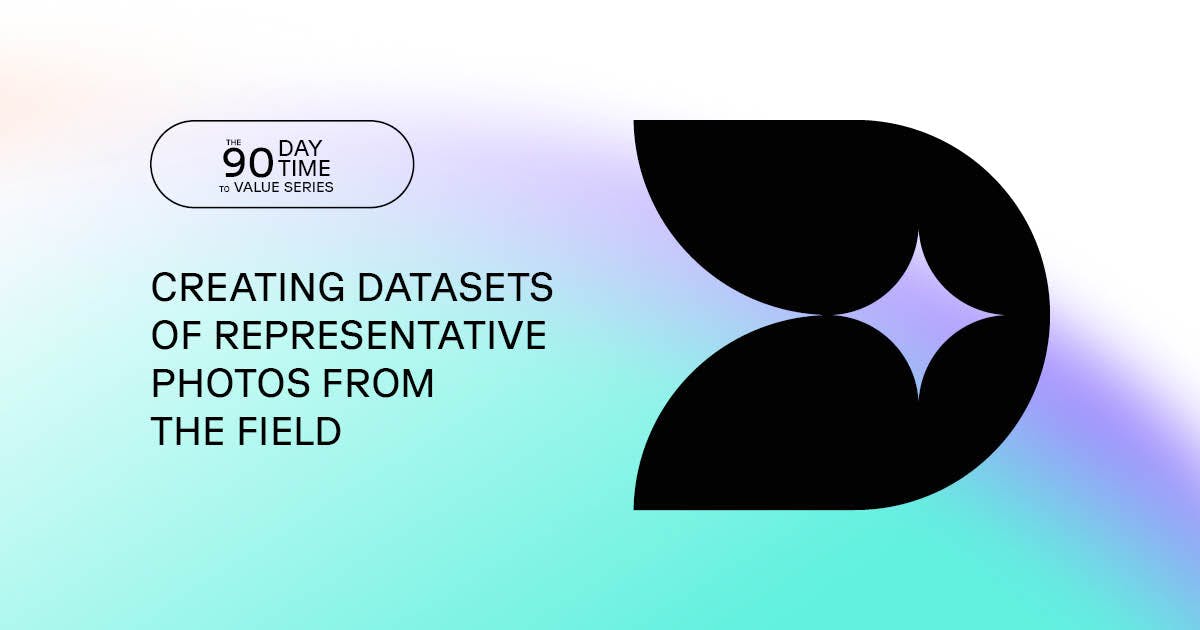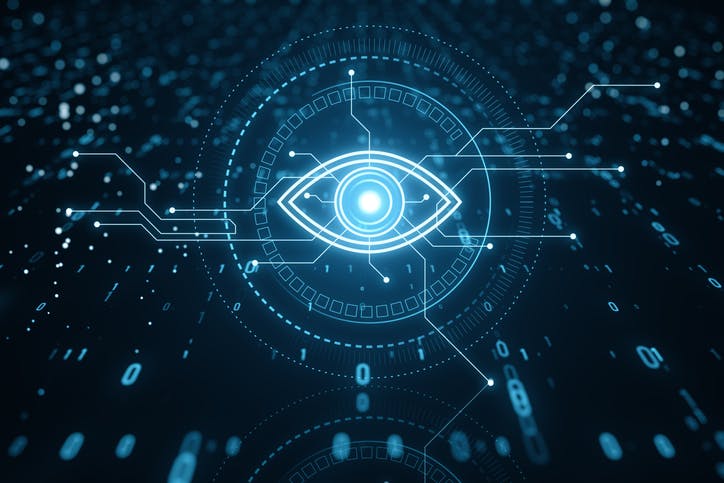AI-driven solutions are revolutionizing quality control, enabling automated processes that enhance efficiency and accuracy. At the heart of every successful computer vision project lies one critical component: the computer vision dataset.
A well-built dataset reflects the specific environment where your engineers operate, highlighting compliance and non-compliance standards tailored to your organization. Unlike generic datasets readily available online, these datasets are unique to your operations, capturing field-specific nuances critical to your goals.
This article delves into the pivotal role of computer vision datasets in launching AI-powered projects, detailing what they teach the AI, their required size, and how they evolve to keep pace with dynamic field operations.

Why Do We Need Computer Vision Datasets?
AI models depend on annotated datasets, where annotations guide the AI in recognizing patterns and making accurate predictions. While large language models like ChatGPT and Mistral AI LeChat may seem dataset-independent, they, too, are built upon massive annotated datasets for their training.
Despite their size, these datasets lack the granularity and specific insights necessary for field operations. A computer vision dataset bridges this gap, offering field-specific examples defined by your expertise in defining what is correct or not, to ensure AI aligns with your standards.
Building such datasets, however, can be resource-intensive. To streamline the process, we employ advanced methodologies, such as fine-tuning state-of-the-art detection models. This approach reduces the number of images needed for training without compromising accuracy, saving both time and costs.
What Does the AI Learn from Your Computer Vision Dataset?
Developing a computer vision dataset requires a deep understanding of your field operations. Our team focuses on the following key questions:
- What equipment is used?
- How is it installed in the field?
- How are tasks performed on the equipment?
- What non-conformities need to be identified?
Answering these questions helps establish a clear and precise scope of what can be identified on the field. This not only aids in training accurate models but also provides Deepomatic’s Solution Architects with the understanding needed to translate field compliance requirements into logical, actionable rules.
The size of a computer vision dataset depends on the variability of equipment, task complexity, and the desired accuracy level. In general, dataset requirements can range from a few hundred images for simple tasks to thousands for more intricate detections.
However, most impactful tasks require datasets of moderate size. Our Solution Engineering team helps identify high-value tasks and crafts a Statement of Work that maximizes impact while minimizing the number of required images.
For rare, highly complex tasks, we leverage our experience in field services to simplify implementation. This includes offering an Off-the-Shelf catalog: a collection of pre-built solutions for common tasks that require little to no additional data for deployment.
Does the Computer Vision Dataset Evolve?
Field operations are inherently dynamic. As new equipment, tools, and standards emerge, your computer vision dataset must adapt to stay relevant.
At Deepomatic, we manage this evolution seamlessly. By monitoring incoming images, we quickly identify instances where the AI struggles due to new or updated equipment. These gaps are addressed by updating the dataset, ensuring uninterrupted performance.
This adaptive process typically takes between one week to one month, depending on the solution's complexity. By continuously evolving the dataset, we ensure your AI remains accurate and effective, even as field operations change.

The computer vision dataset is the foundation of every successful AI-driven quality control project. It enables AI to understand your field's unique standards, ensuring compliance, efficiency, and scalability.
Investing in the right dataset is not just a step in the process—it is the cornerstone of consistent, adaptive, and effective quality control solutions. With a well-designed dataset, your organization is equipped to meet the evolving challenges of field operations and achieve long-term success.
If you wish to understand the various steps to automate quality control in field operations, download our guide, unveiling how to deploy a computer vision solution in less than 3 months!





